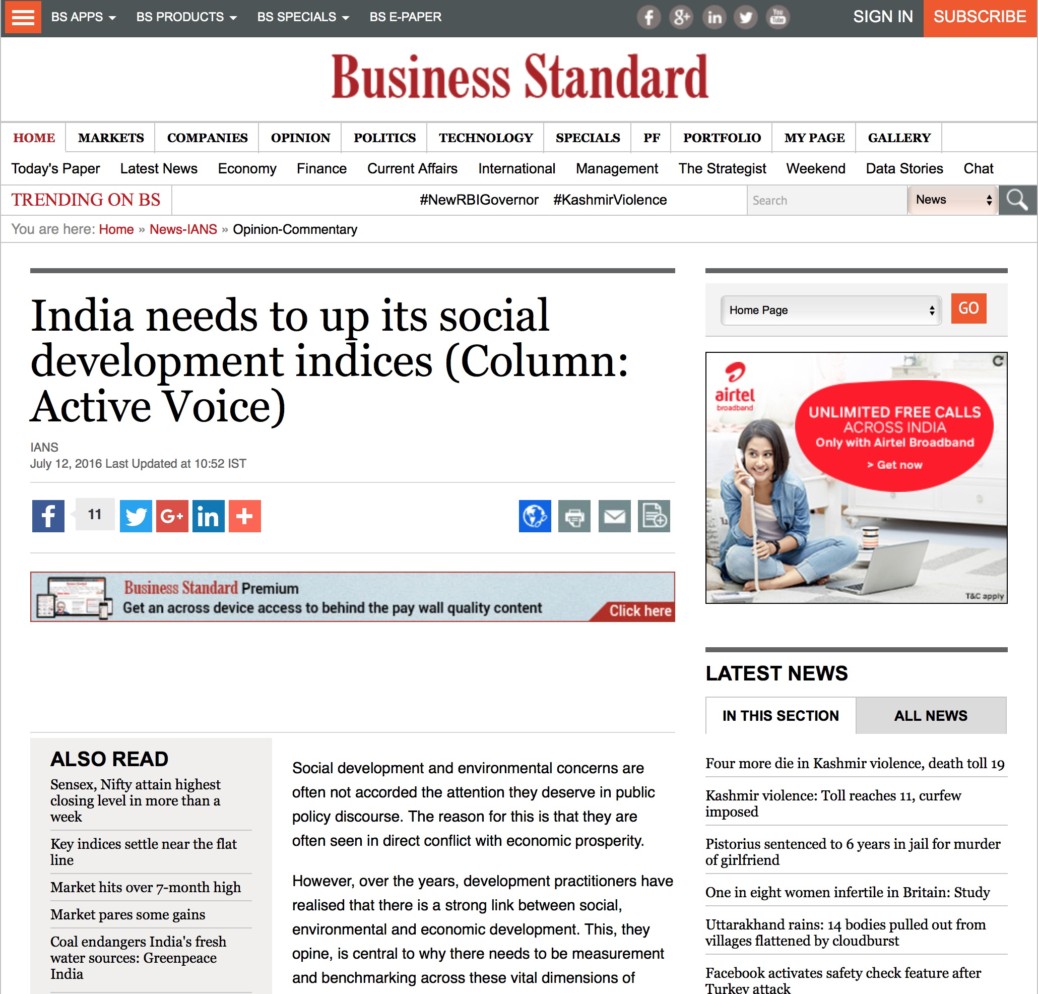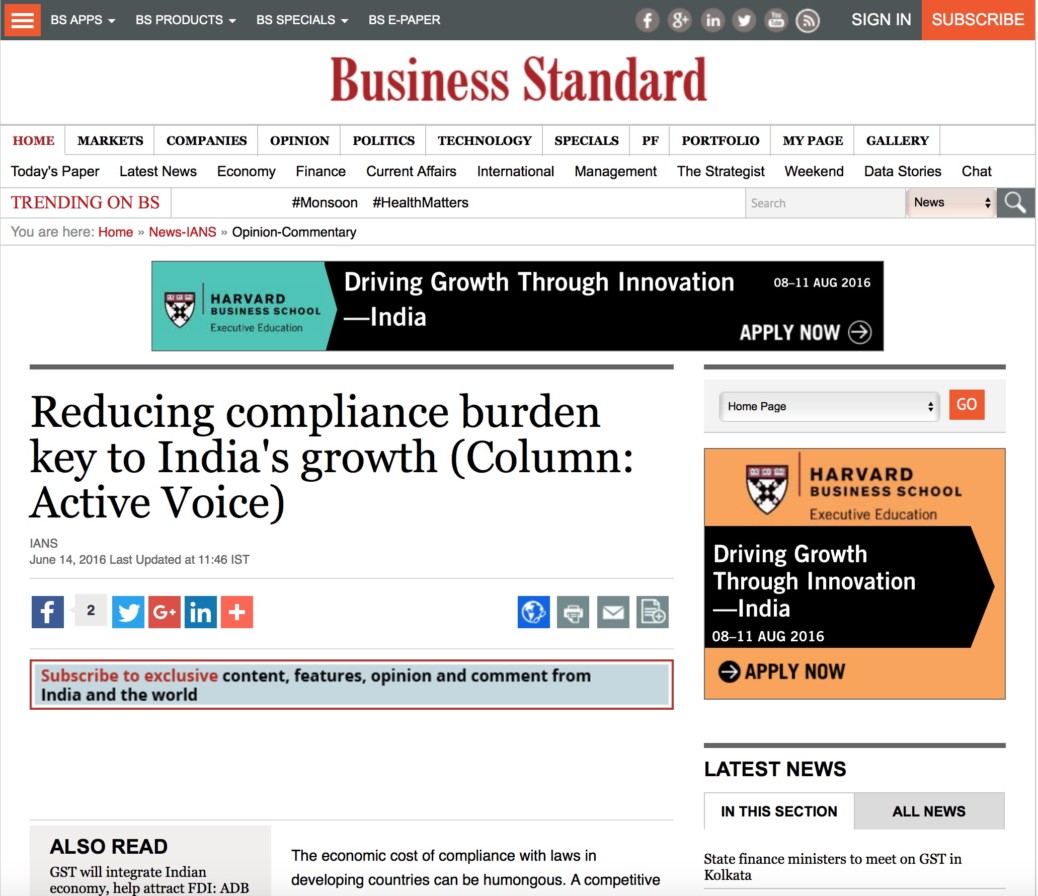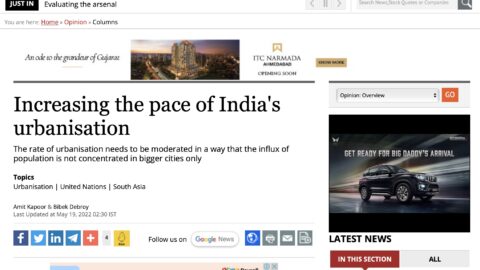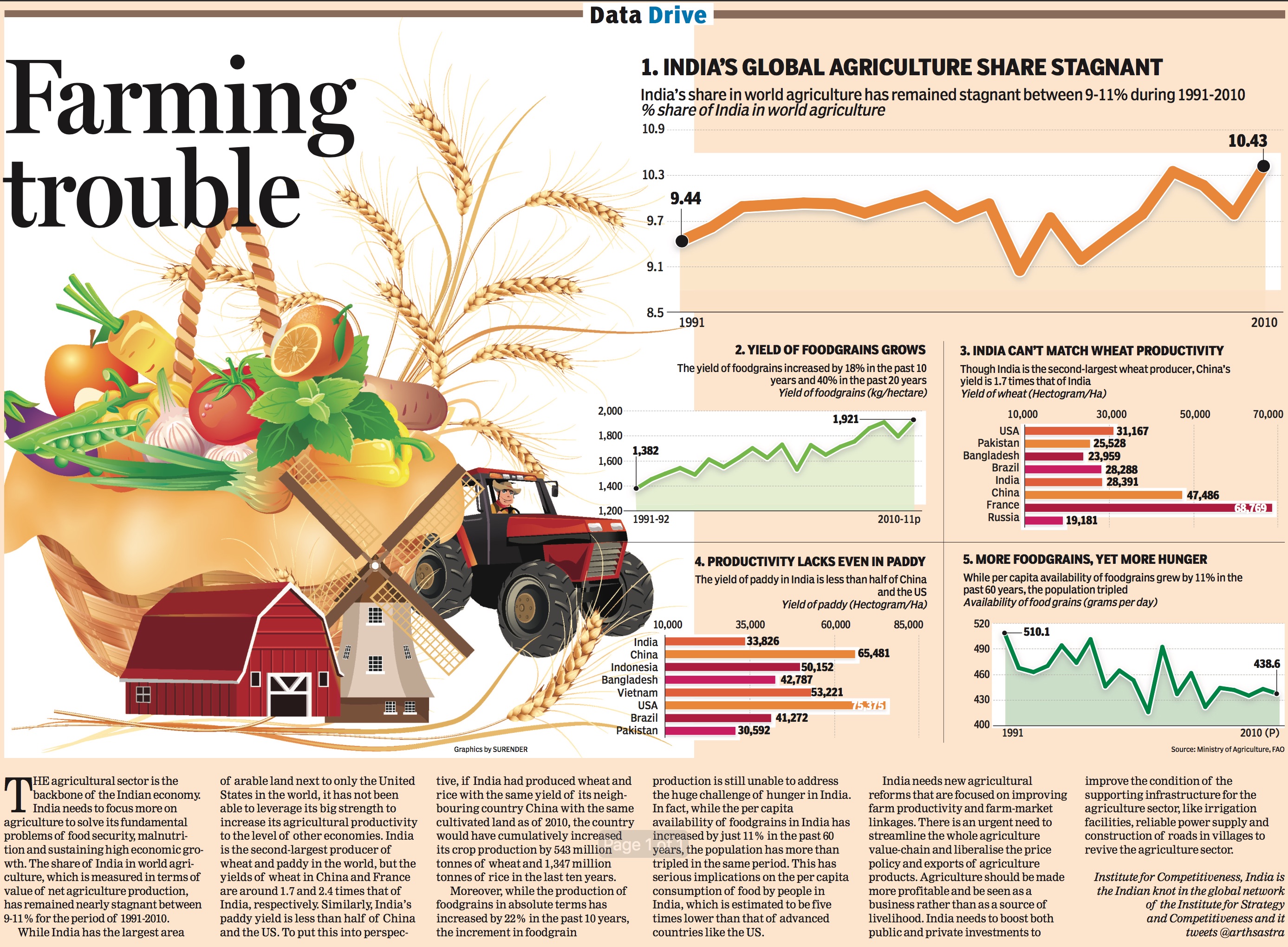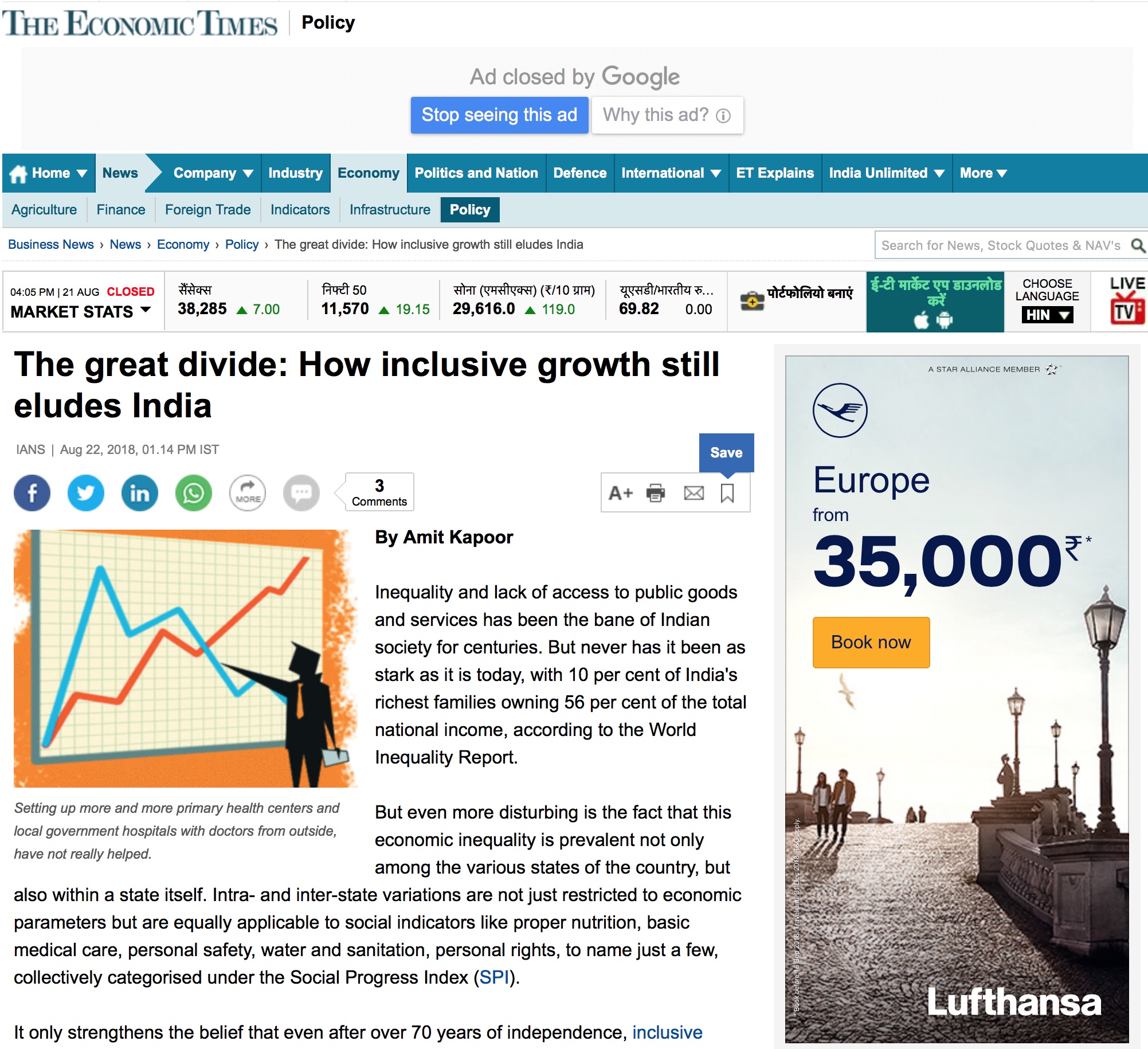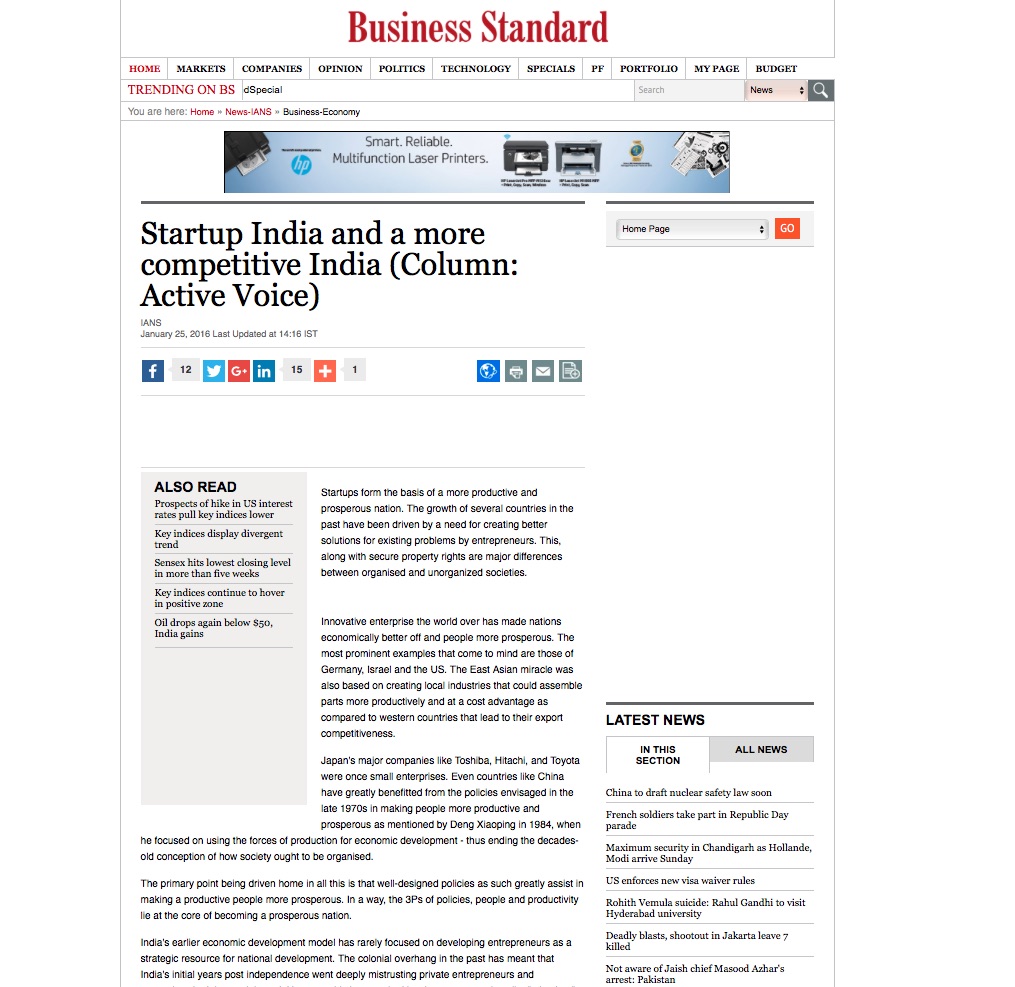SMEs must leverage the advantages provided to them by their size and flexibility in order to be competitive, rather than blindly adopt the prece- dent set by large enterprises, says Amit Kapoor, Professor, Strategy and Industrial Economics, Management Development Institute, Gurgaon
Competitiveness has become a generic word encompassing everything from cost efficiency to innovation. Its general use has obliterated its significance. A business maximising profits is said to possess a compet- itive edge, without actually delving into the fac- tors that determine this difference. Sales and cost are synonymous with business and by re- ducing costs or increasing sales, profits can be increased.
More clearly, Profit = Sales – Cost
However, this is not an end. How do you increase sales and how can the costs be re- duced? In the answers to these questions lies the root of competitiveness. Reducing costs is a matter of achieving optimum utilisation of re- sources, upgrading systems, improving human capital and introducing advanced technologies — a phenomenon we call operational effective- ness.
Sales, on the other hand, are a function of positioning, promotion and marketing. Both ap- proaches achieve similar results but with a fun- damental difference. Operational effectiveness has limits to it. One can use the best possible technologies available but cost curves can be bent only to a certain extent. Sales is a market- ing approach and can tap existing as well as po- tential markets to a wider extent.
Positioning as a strategy is therefore critical for a company to be competitive.
The competitive edge
Creating value and an image in the minds of the consumer about the product is the essence of positioning. The competitive edge is deter- mined by its uniqueness. Its features, the value it provides and the emotions attached to it cre- ate a need for the product in the minds of the consumer.
The competitive edge of the firm is defined by the novelty offered by the company. Its inno- vative structuring of the value chain defines its productivity, which in turn determines its com- petitiveness. This approach creates sustainabil- ity as well as vulnerability. The former is due to its continued ability to capture and retain market share while the latter occurs due to ever-chang- ing customer and product environment.
Advantages of being small
Small rocks can hold within a great wave.- Homer
Big industrial structures exemplify operational effectives. They possess the resources and the capital to create an efficient and unique value proposition, but their weakness lies hid- den in their strength. Unlike smaller units; their structures are rigid for the dynamic environment they exist in. Their imagination is restricted by
How to increase Profit sales and reduce cost? Here lies the root of competitivenes
The competitive edge of your prod- uct or service is determined by how unique it is their sheer size and their strategies unbending to the ever-changing rules of the game. The small-scale sector has the agility required to compete with the shifting dynamics of the world. They are better placed to foresee the metamorphosis of the industrial structure and the origin of newer and different demands in the market. Their strength lies in their ability to grasp that change and adapt their structures to provide a solution. They become the epicentre of the tidal wave of innovation, which transforms the market realities as it spreads.
For example, during the dot-com bubble, small enterprises with minimal capital and equipment became the highest amassers in the game. Sabeer Bhatia did not require the backing of Microsoft tocreateHotmail,which acquired it later. From a strategic point of view, a small-scale industry has a greater ability to respond to the changes in the en- vironment and recreate its value proposition to maintain their uniqueness in the market. Continuous improvements, reinventions of ideas, consumer-centric products, creating niches in the market and competing with the changing political and economic environment aretheneedofthehour,butthestarkreality
Small businesses can be far more agile and flexi- ble in responding to changing market demands. In this, they have a distinct advantage over large enterprises is the ever-shifting determi- nants. Another prime exam- ple of the effectiveness of a small structure is fashion designers. Their compact production and marketing units allow the designers to satiate the demand for vari- ety and meet quick demand and supply schedule.
The last fifty years have seen a distinct shift from supply-driven to demand-driven businesses. Technology has made transactions simpler. Consumer demands are met precisely. Big in- dustrial structure cannot cater to the needs of the people at such close levels.
Small is BIG
What small enterprises need to do is adopt a more strategic approach and exploit their po- tential to cater to change. Their imagination at presentiscloudedwiththebrillianceofthe bigger sizes around, oblivious to their own worth. Their strength lies in their size and their capabil- ity to produce, not goods and services, but solutions to the emerging challenges in the market.
They have the potential to form centres of innovation. Their focus should be to monitor these changes and to adopt their models to cater to them and create strategies to exploit these opportunities better. As David Lloyd George said, “Don’t be afraid to take a big step if one is indicated. You can’t cross a chasm in two small jumps.”
The article was published in SME Whitebook 2009-2010.

